The best foundations for every skin type, chosen by our beauty team
These are the 15 best foundations on the market right now (and we've tried *hundreds*)

Aleesha Badkar
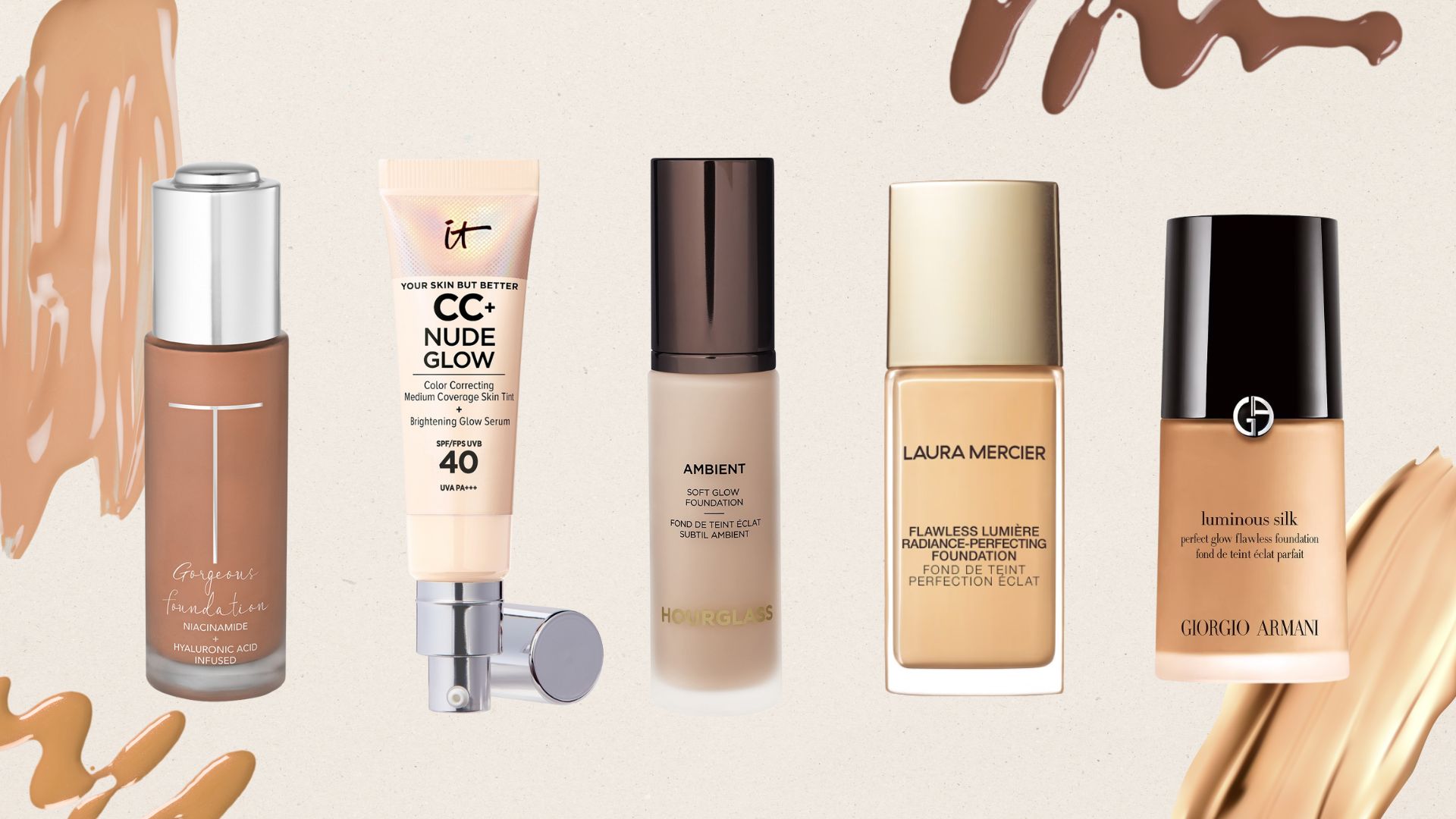
Finding the best foundation is arguably the most important element of your makeup routine. As the name suggests, base is the bedrock of your whole beauty look. Get this first step right and every other product you layer on top of it will look better too.
The best foundations tend to offer a combination of natural-looking coverage and skincare benefits. Do you need hydration and sheen, breathable coverage, or a polished matte finish? Your skin will give you clues. "It is really important to understand your skin texture and if it tends to become dry or oily throughout the day. Then you can determine the best foundation formula for you," agrees NARS senior artist Rachel Hardie.
Whether you need the best full coverage foundation to stay put on combination skin or the best tinted moisturizer to hydrate and plump, our tried and tested guide will help you find the ideal base for your skin right now. Plus our beauty editor and pro makeup artists answer all your foundation FAQs, from picking a formula to perfect shade matching.
The best foundations, chosen by our beauty team
Best for glow
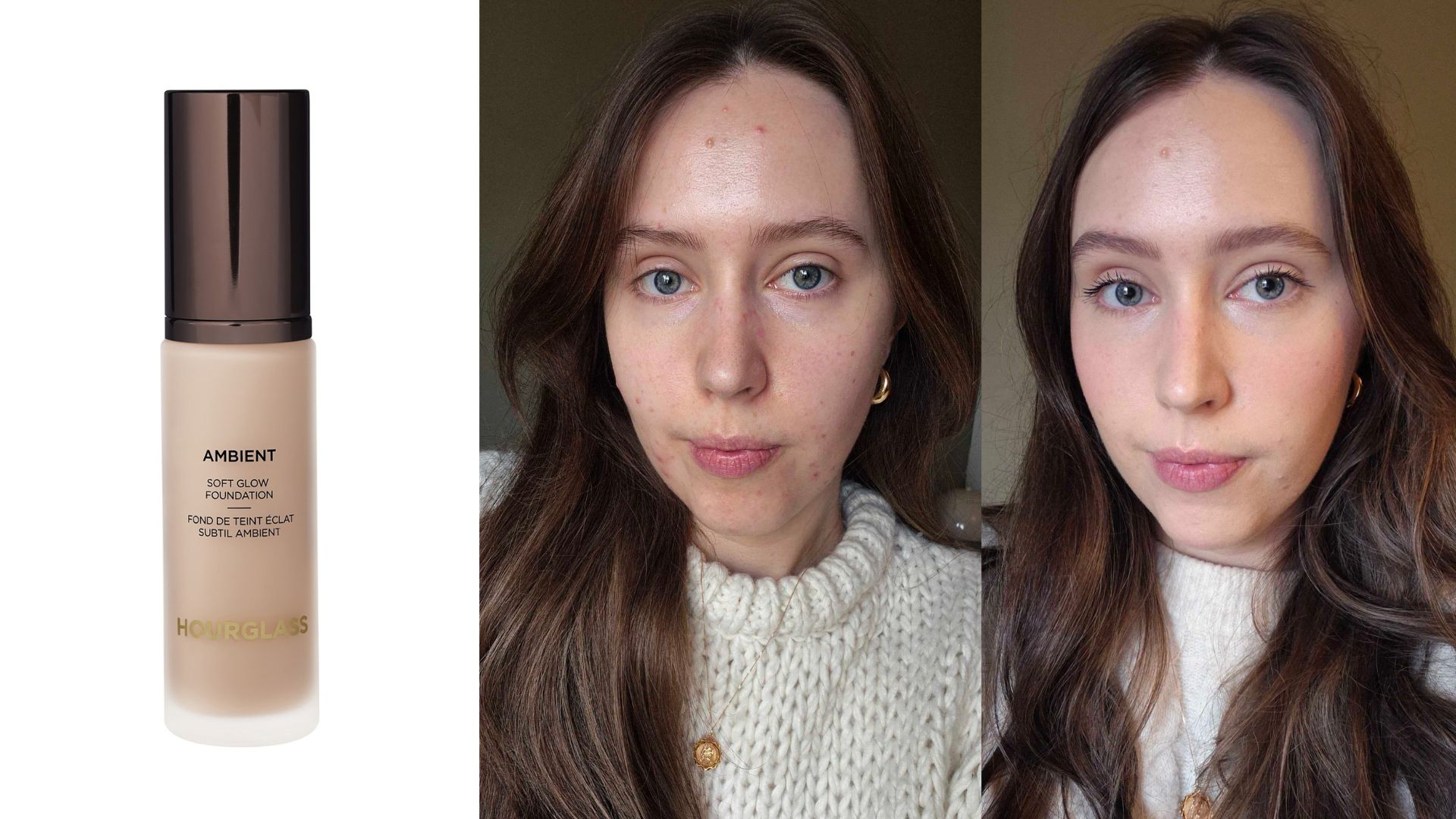
RRP: £57 | Shades: 30 | Coverage & finish: Medium, buildable & glowy
Reviewed by: Fiona McKim and Naomi Jamieson
Fiona: One of the most adaptable foundations I've tried due to its buildable formula, this didn't crease or cake up on dry patches, even with a couple of layers. It dries fairly matte whilst retaining some glow and is also truly transfer-proof, which is a must in the warmer months.
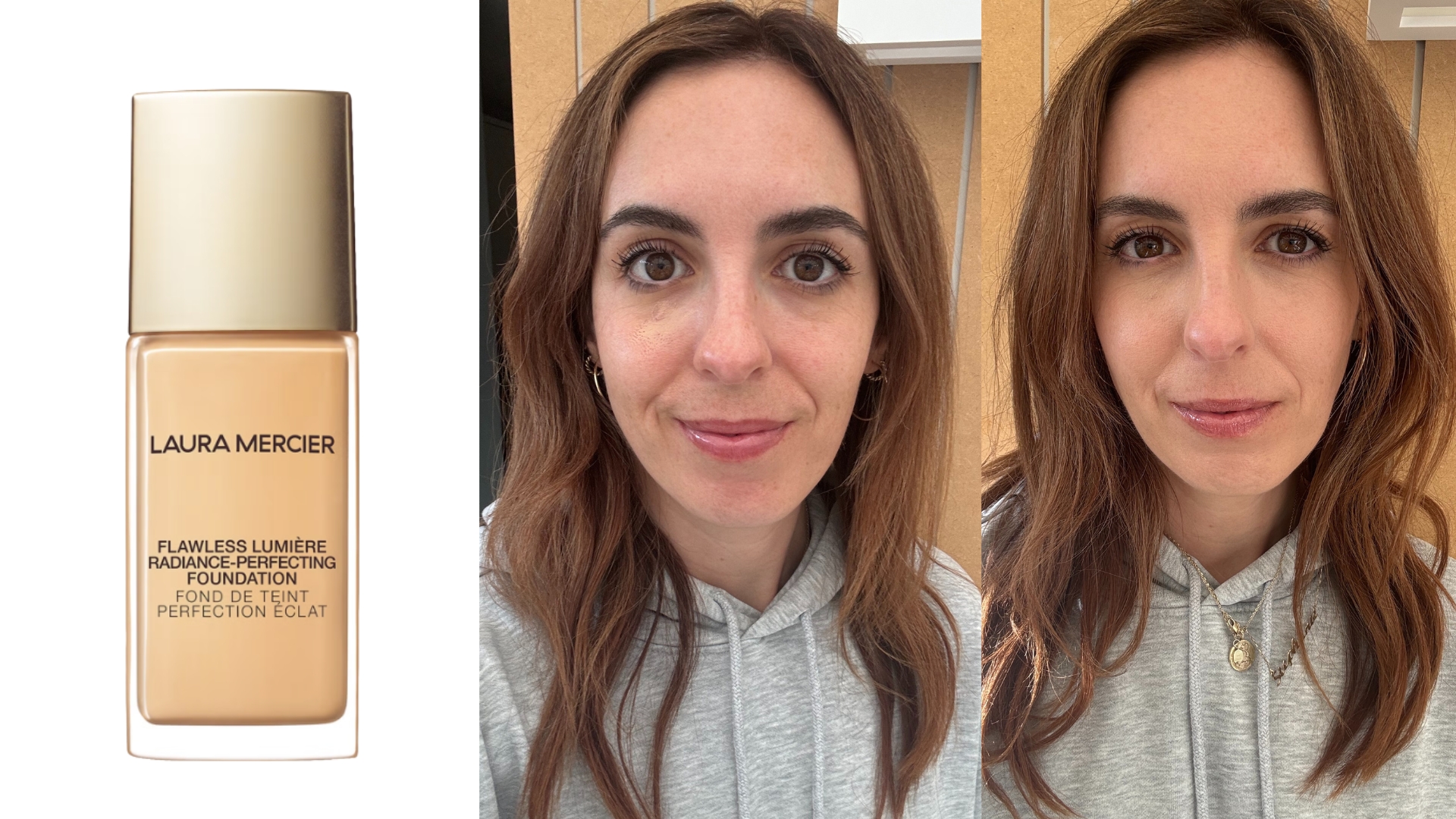
RRP: £37 | Shades: 30 | Coverage & finish: Medium-Full
Reviewed by: Stephanie Maylor and Amelia Yeomans
Amelia: Laura Mercier is the queen of skin-loving cosmetics, and this foundation is no exception. It gave my skin a healthy glow that looked totally natural and flawless and didn't settle into lines at all. With 15 hours of hydration and medium-full coverage, it has all the best qualities of the brand's iconic tinted moisturisers with some added luminosity.
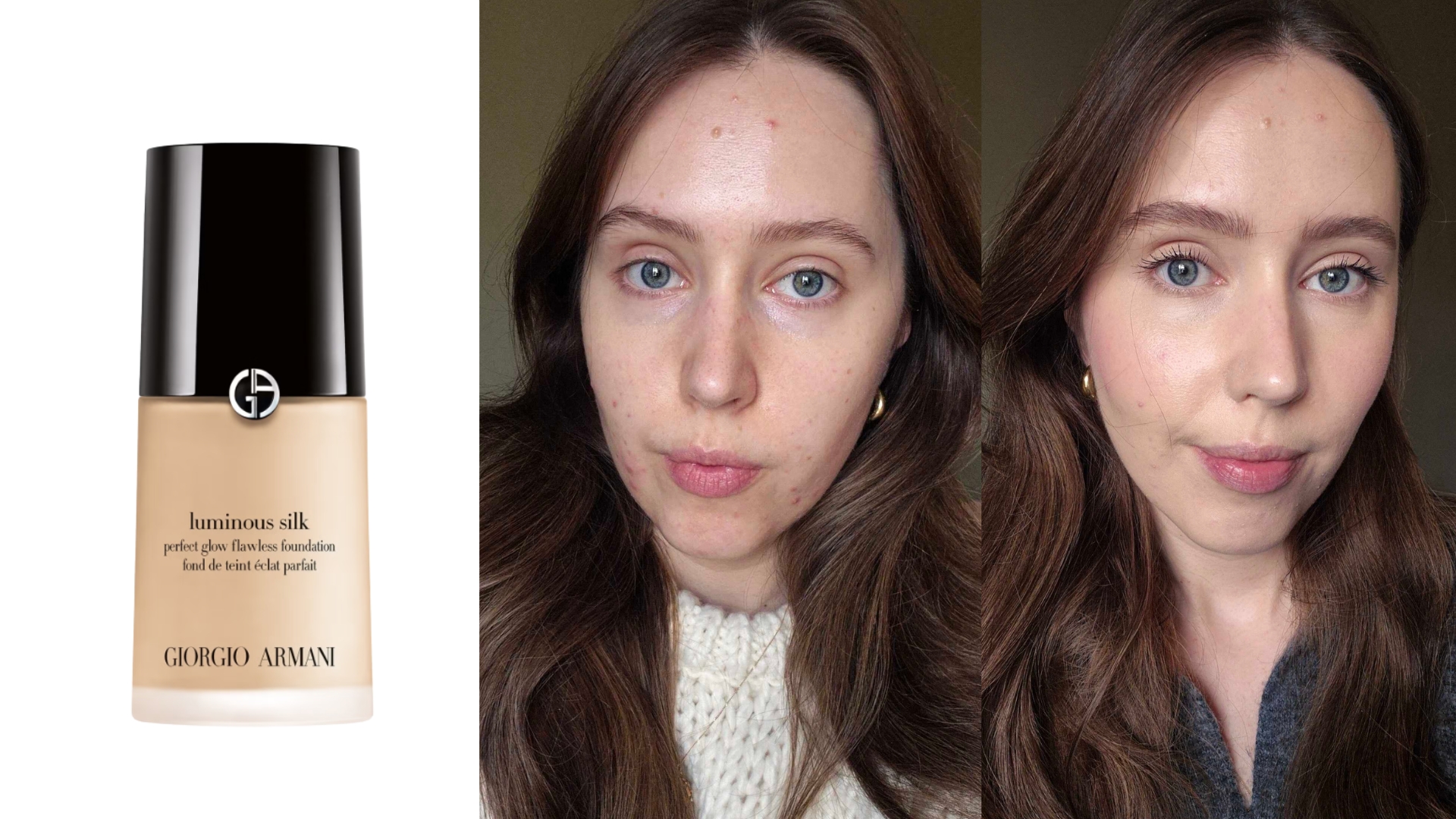
RRP: £47 | Shades: 40 | Coverage & finish: Medium
Rviewed by: Naomi Jamieson
An iconic foundation that's true to its name, this buildable favourite gives my skin a dewy, hydrated glow, no matter how much I apply. With a silky formula that feels so lightweight, it still does a great job at smoothing over blemishes and masking pores, without looking too 'done'.
Read our Beauty Writer's full review of Armani's Luminous Silk here
Best hydrating
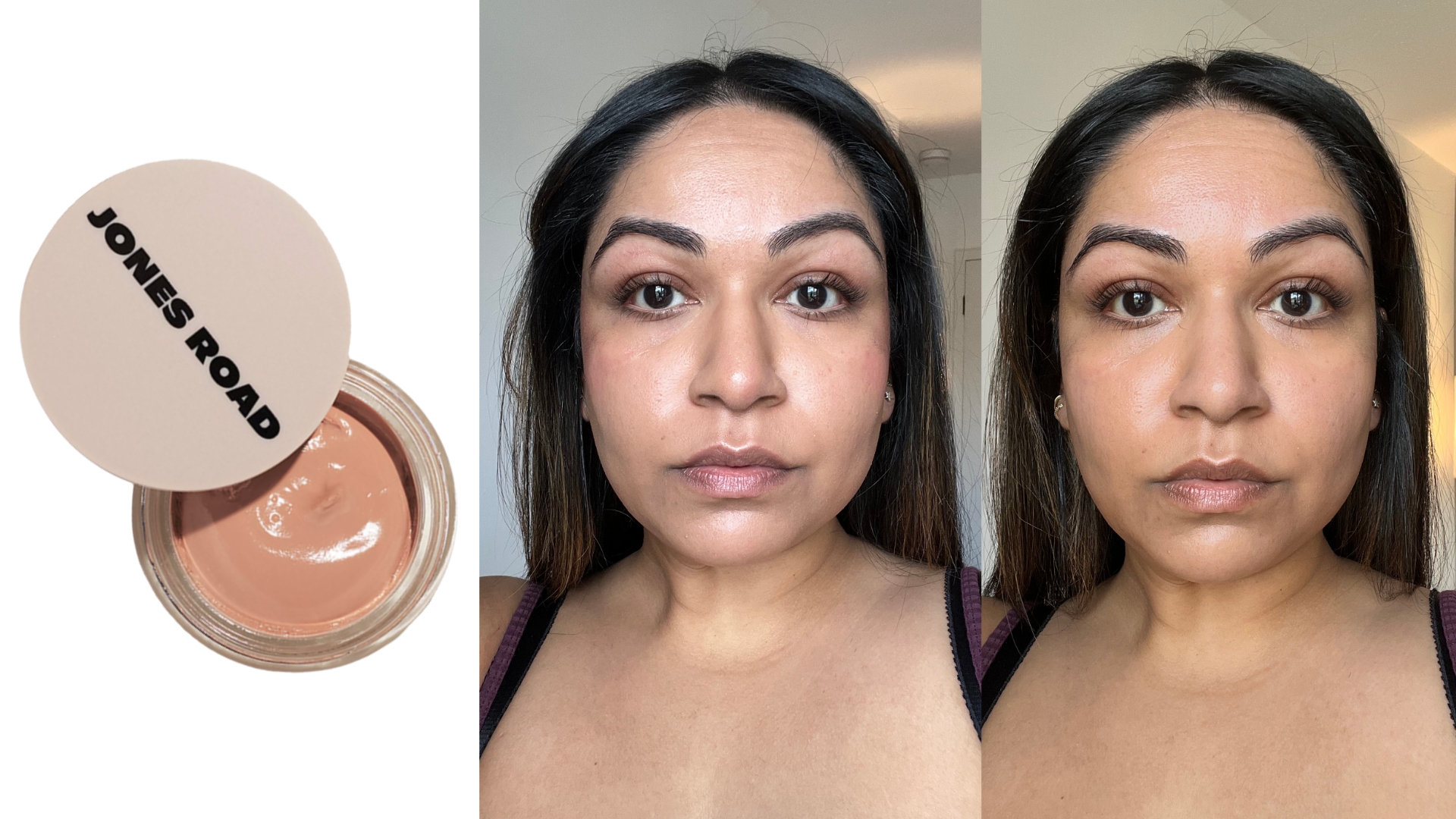
RRP: £44 | Shades: 12 | Coverage & finish: Light-Medium
Reviewed by: Aleesha Badkar and Amelia Yeomans
Amelia & Aleesha: With a smooth, lightweight consistency, this is extremely buildable, allowing for customizable coverage depending on your preference. Like a rich moisturiser in foundation form, it feels super hydrating and doesn't cling to dry patches, so you can expect an even and healthy-looking base.
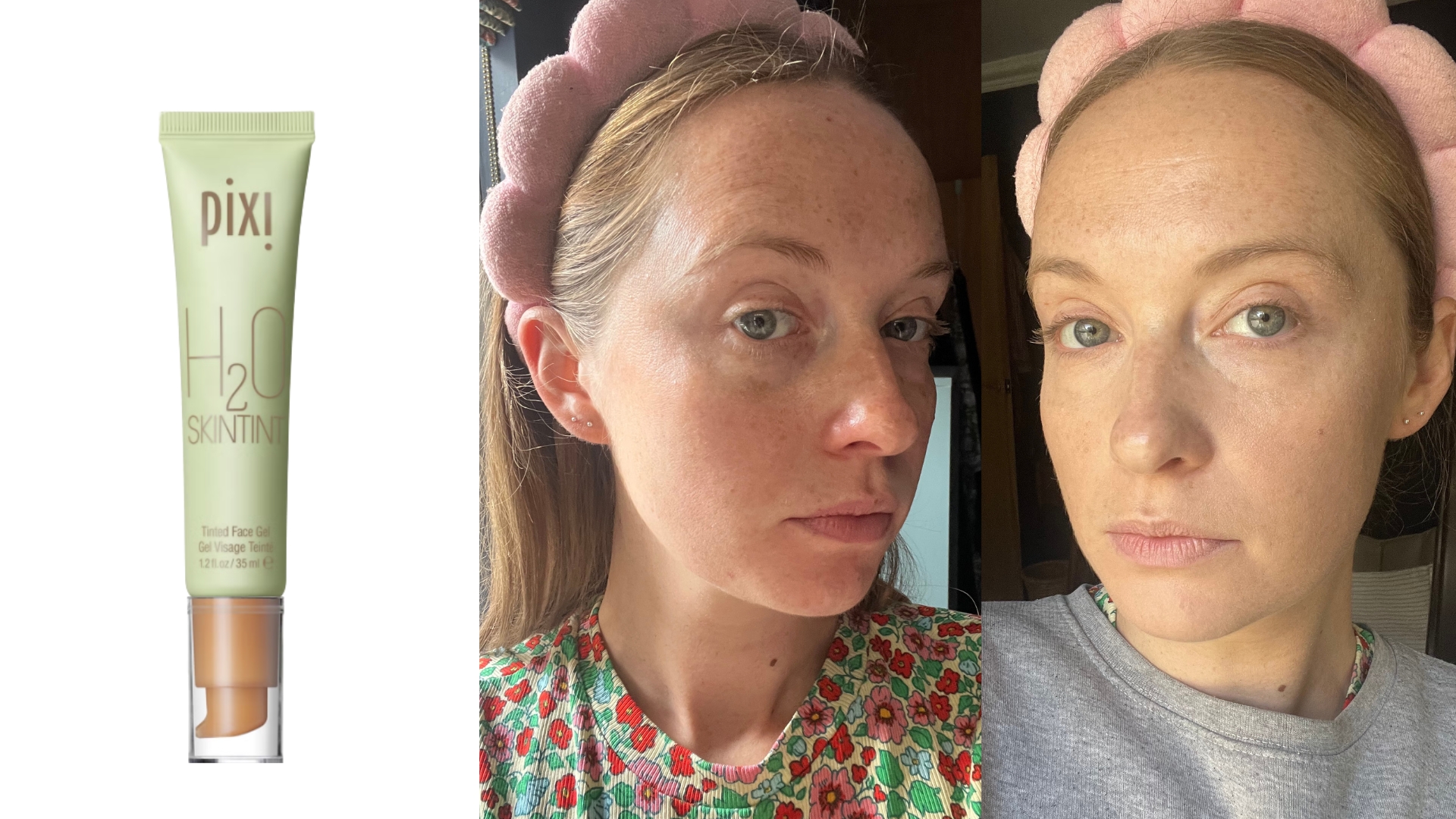
RRP: £24 | Shades: 18 | Coverage & finish: Light, sheer
Reviewed by: Annie Milroy and Amelia Yeomans
Amelia: The clue is in the name with this, as it really does feel like water. Described as a tinted face gel, it has a refreshing and hydrating liquid texture that glides on effortlessly, even over dry patches, and never clings. It evens out redness and covers small blemishes, but with a light, sheer finish.
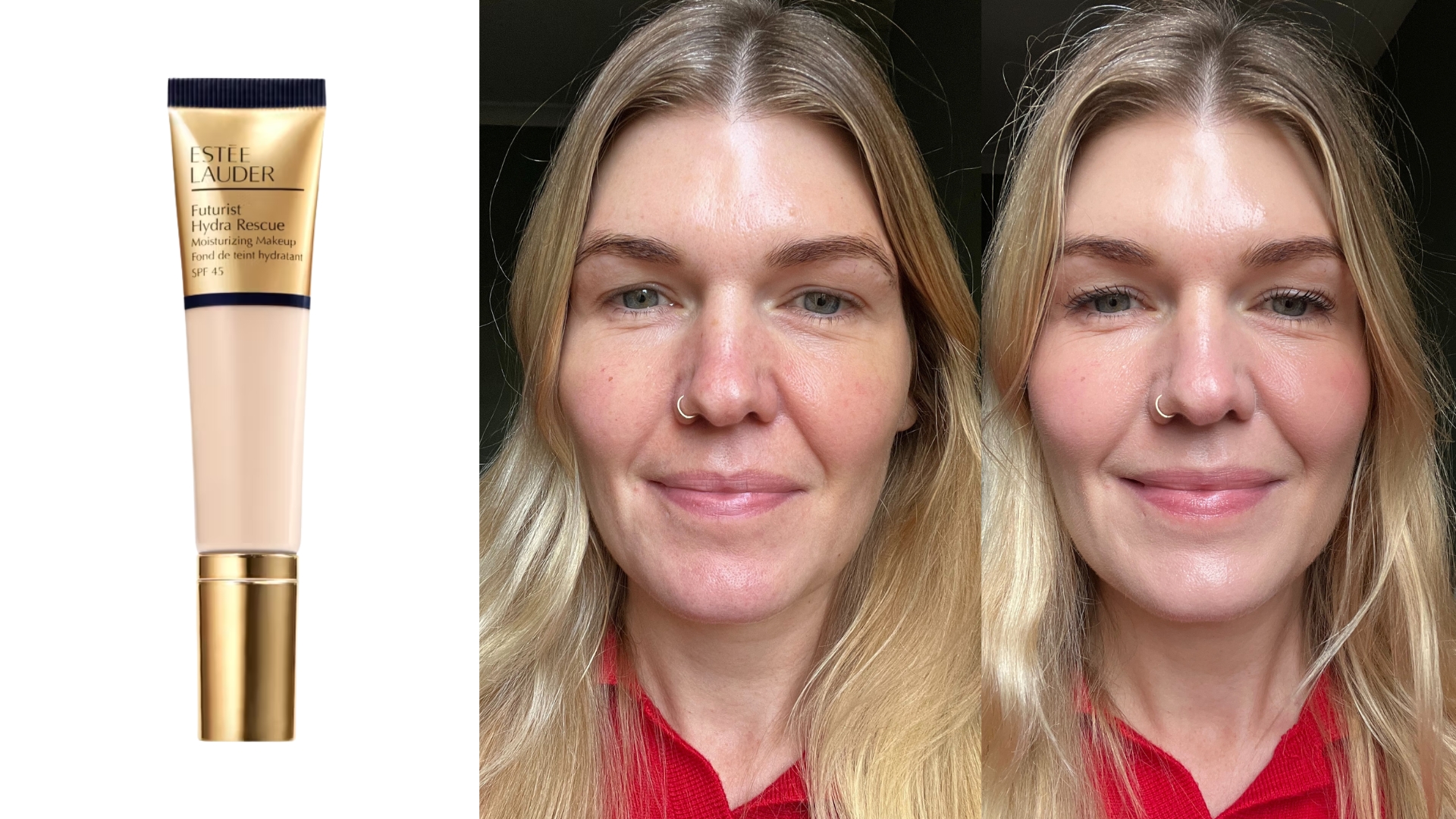
RRP: £42 | Shades: 28 | Coverage & finish: Medium-full, radiant
Reviewed by: Fiona McKim
Expect to feel as good as you look after applying this to dry skin. With a soft and hydrating formula, this has a loose texture that blends and builds easily for a radiant finish.
See our full Estée Lauder Futurist Hydra Rescue review
Best lightweight
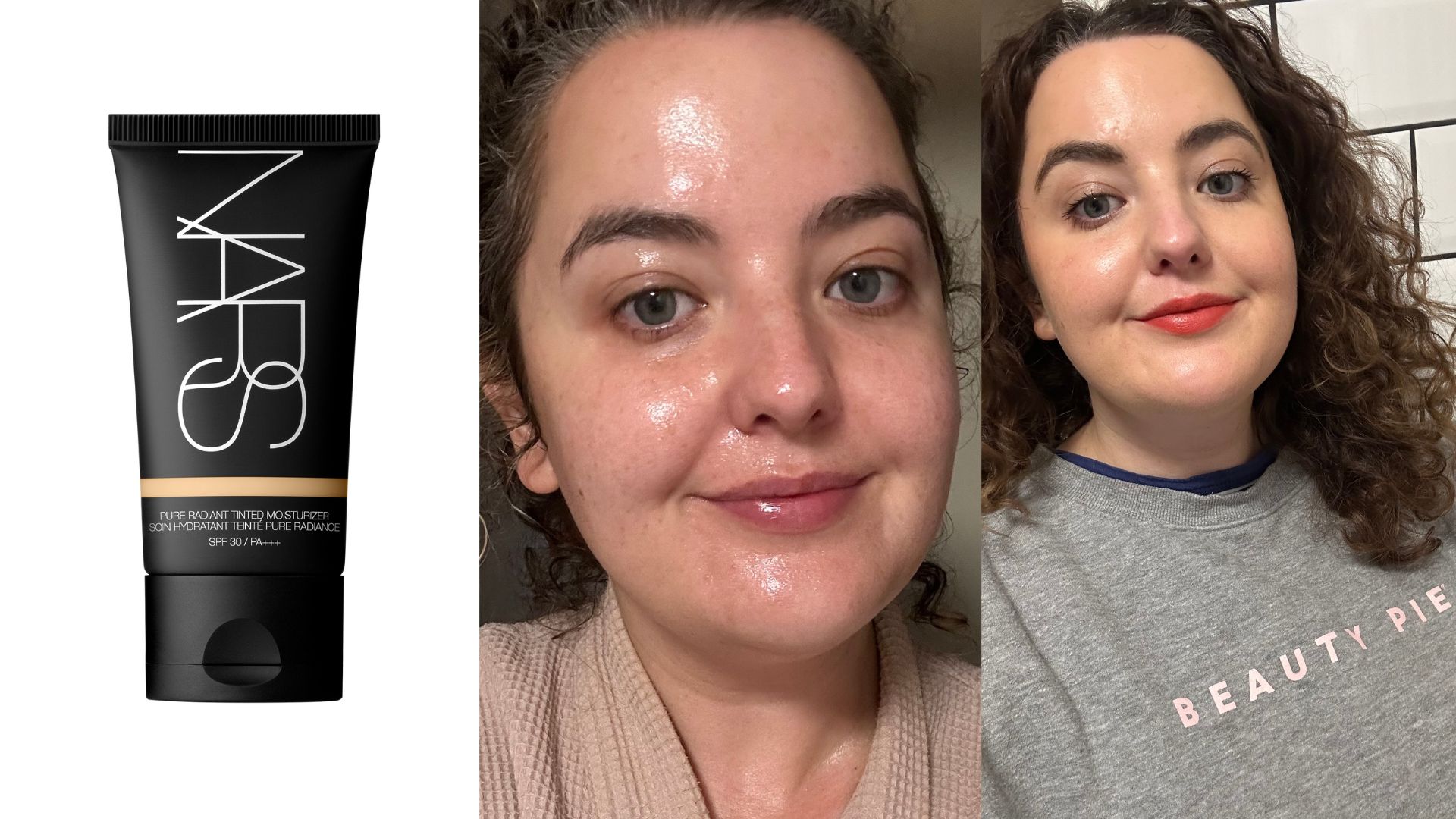
RRP: £39 | Shades: 16 | Coverage & finish: Natural
Reviewed by: Fiona McKim and Rhiannon Derbyshire
Fiona: With a buildable pigment and water-silicone base, this applies smoothly and sets in place for a lasting, lightly radiant finish. It doesn’t settle into lines or melt off my oily T-zone and gives the best part of a day's wear.
See our full NARS Tinted Moisturiser review
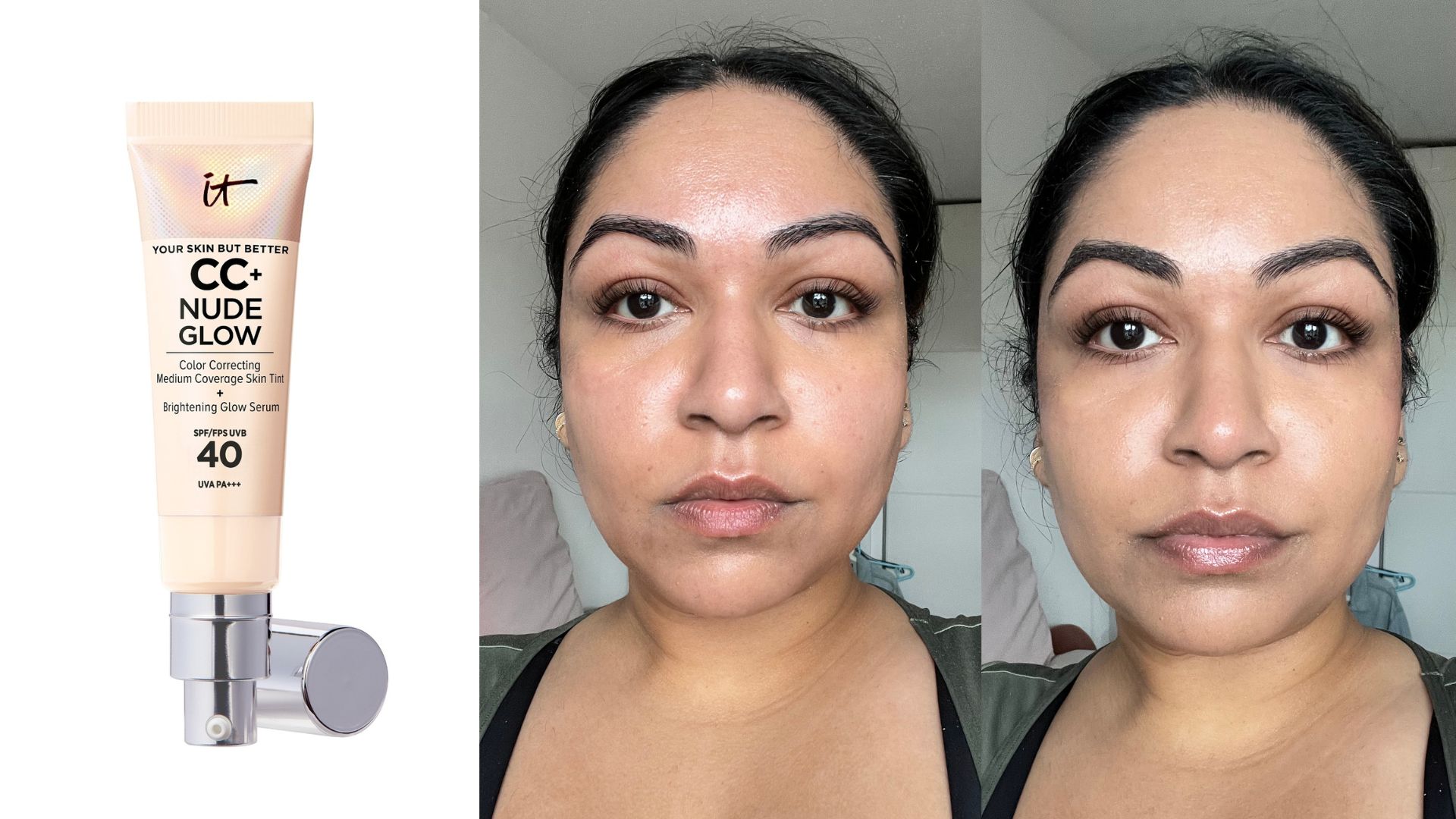
RRP: £36.50 | Shades: 22 | Coverage & finish: Light, dewy and glowy
Reviewed by: Jess Beech and Aleesha Badkar
Jess: While this doesn't have the full coverage to cover a spot, it's brilliant for neutralising unwanted tones, such as purple rings around your eyes and redness. And with impressive brightening benefits, comfortable wear and a glowy finish, it's great for everyday.
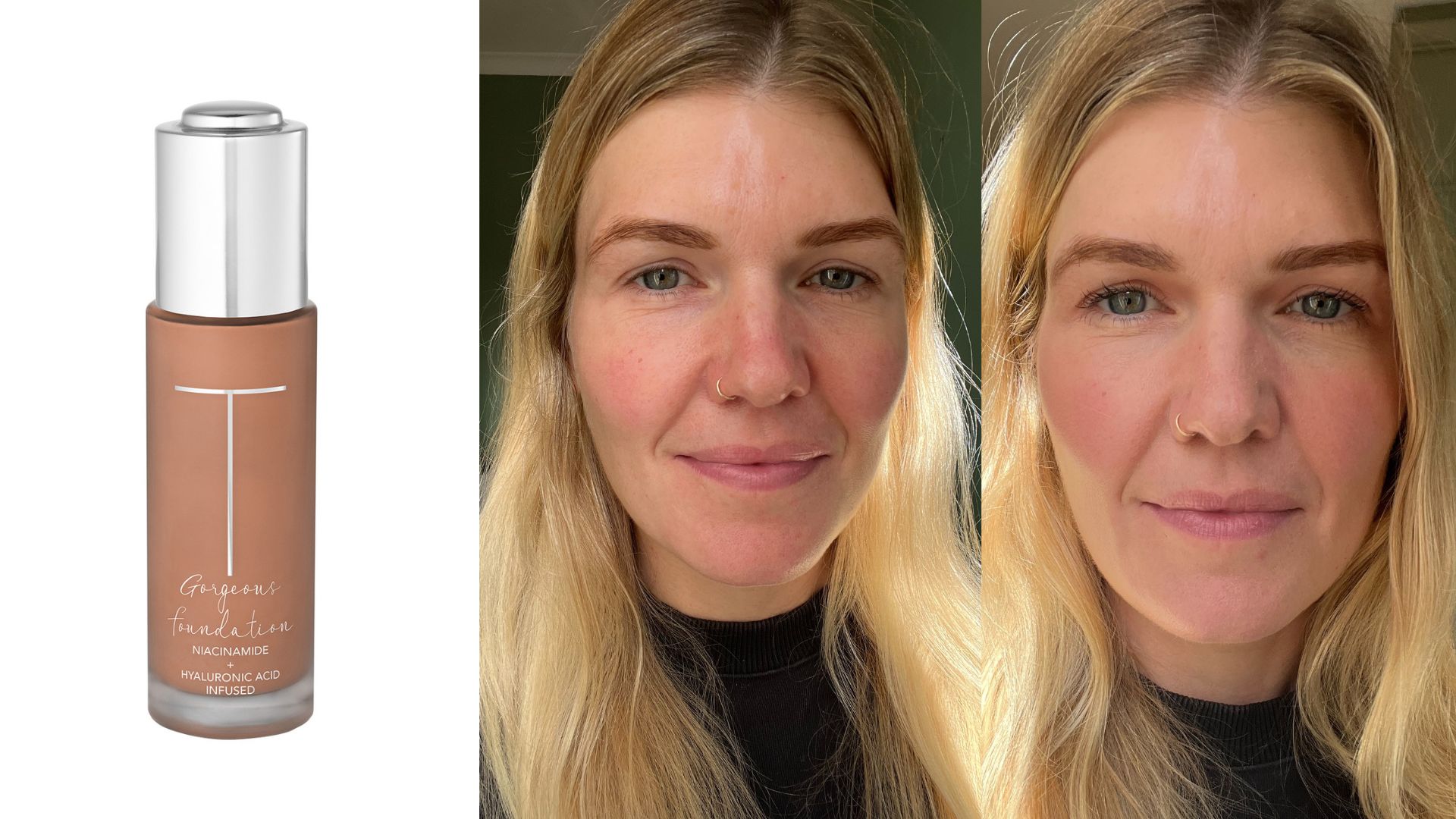
RRP: £58 | Shades: 17 | Coverage & finish: Satin
Reviewed by: Fiona McKim
Creamy yet lightweight, this blends exceptionally well without looking streaky, giving a light, radiant finish. It doesn't sink into the lines around my eyes and lasts nicely all day long on working days.
Best for oily and acne-prone skin
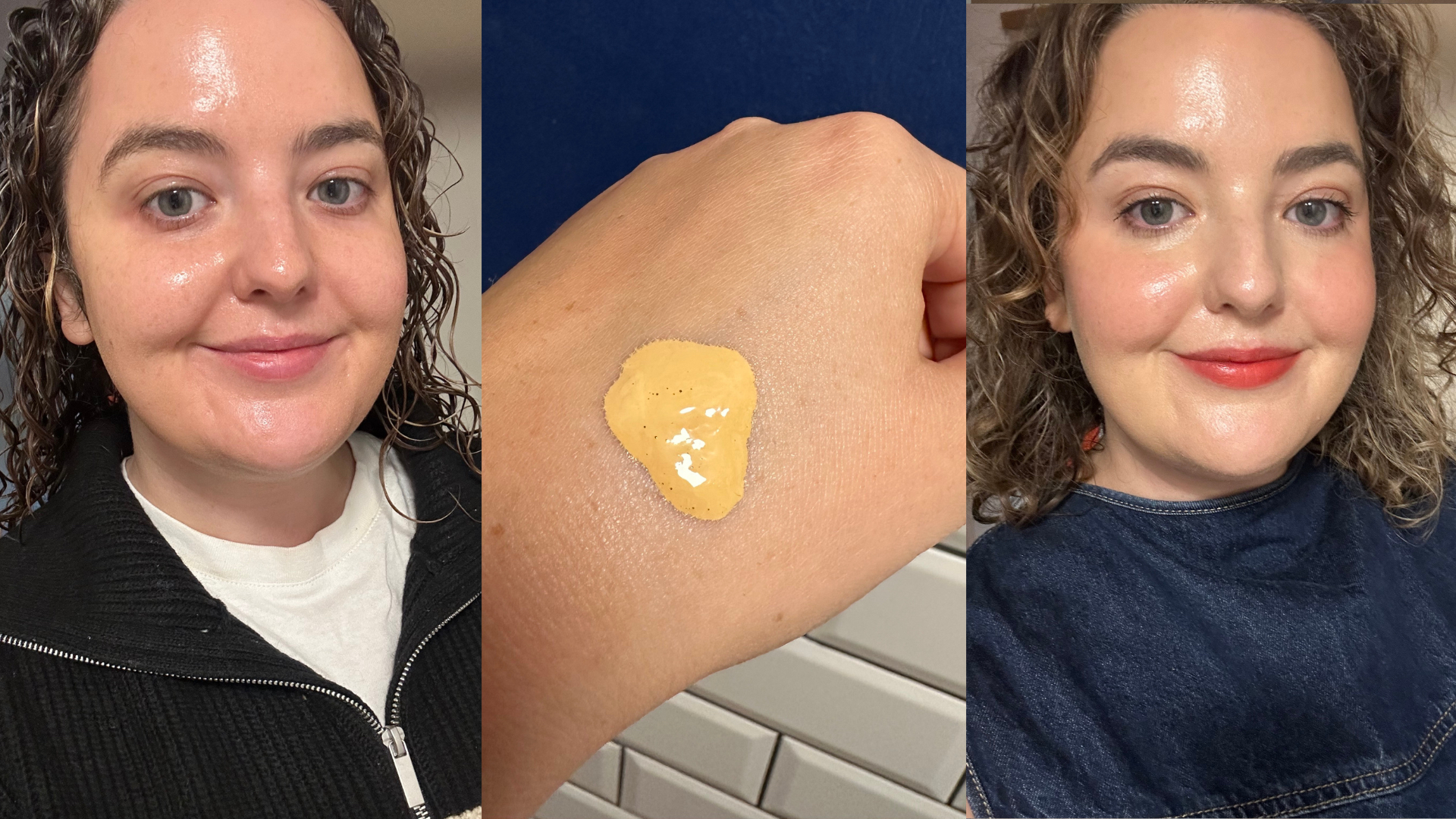
RRP: £38 | Shades: 30 | Coverage & finish: Velvet matte
Reviewed by: Lucy Abbersteen and Rhiannon Derbyshire
Lucy: With all-day mattifying properties, near-flawless coverage, lasting pigment, and hydrating, non-pore-clogging ingredients, this is a top pick for oily skin. It has medium-to-full coverage with a flattering, soft-focus glow.
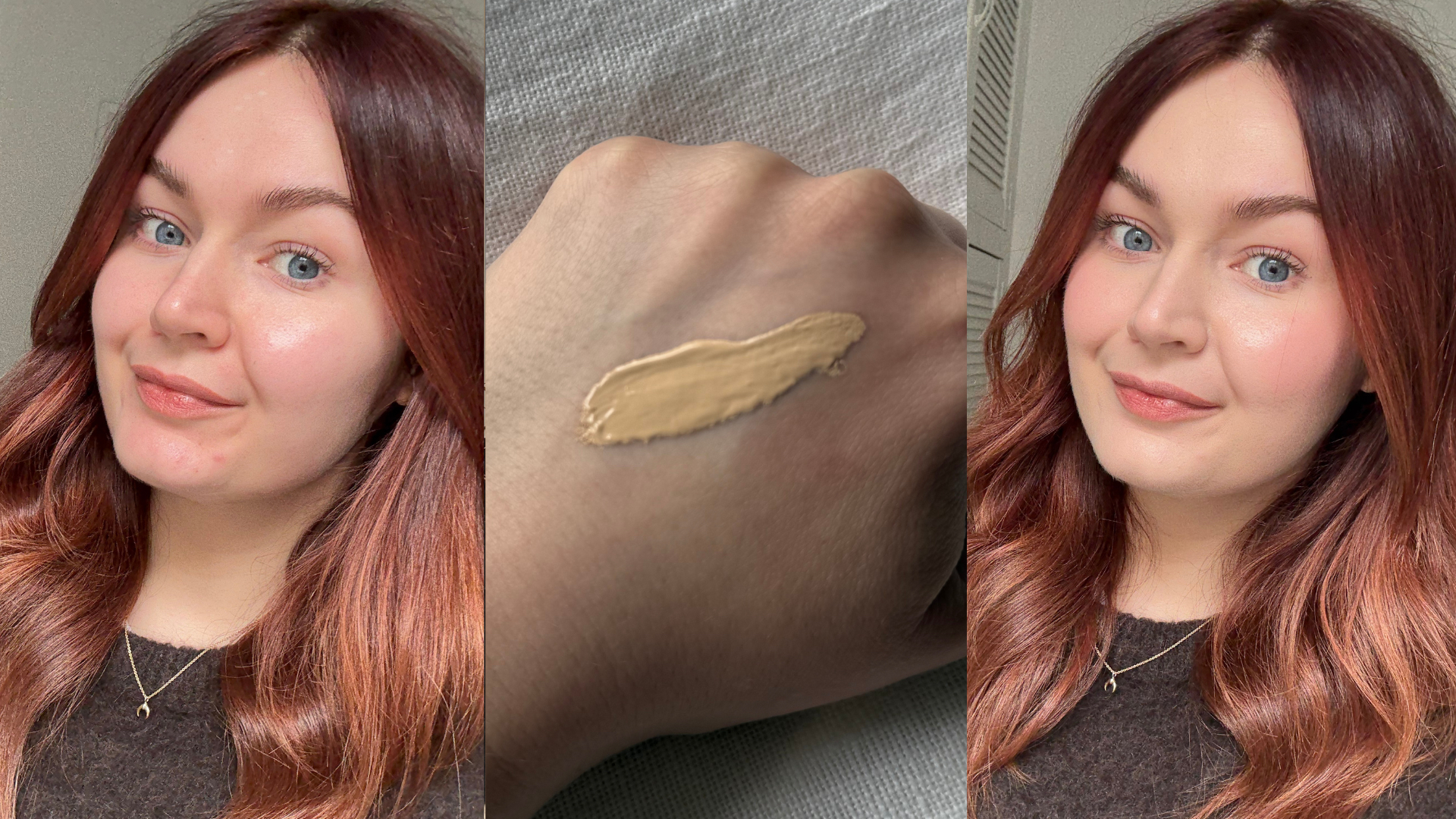
RRP: £28 | Shades: 30 | Coverage & finish: Buildable, satin
Reviewed by: Lucy Abbersteen
An impressive foundation that builds well, gives excellent coverage, and manages to cover the entire face in just one pump (for very full coverage, two pumps are plenty). Despite yielding such full coverage and promising long wear, it's non-comedogenic and doesn't feel at all heavy on the skin while you are wearing it.
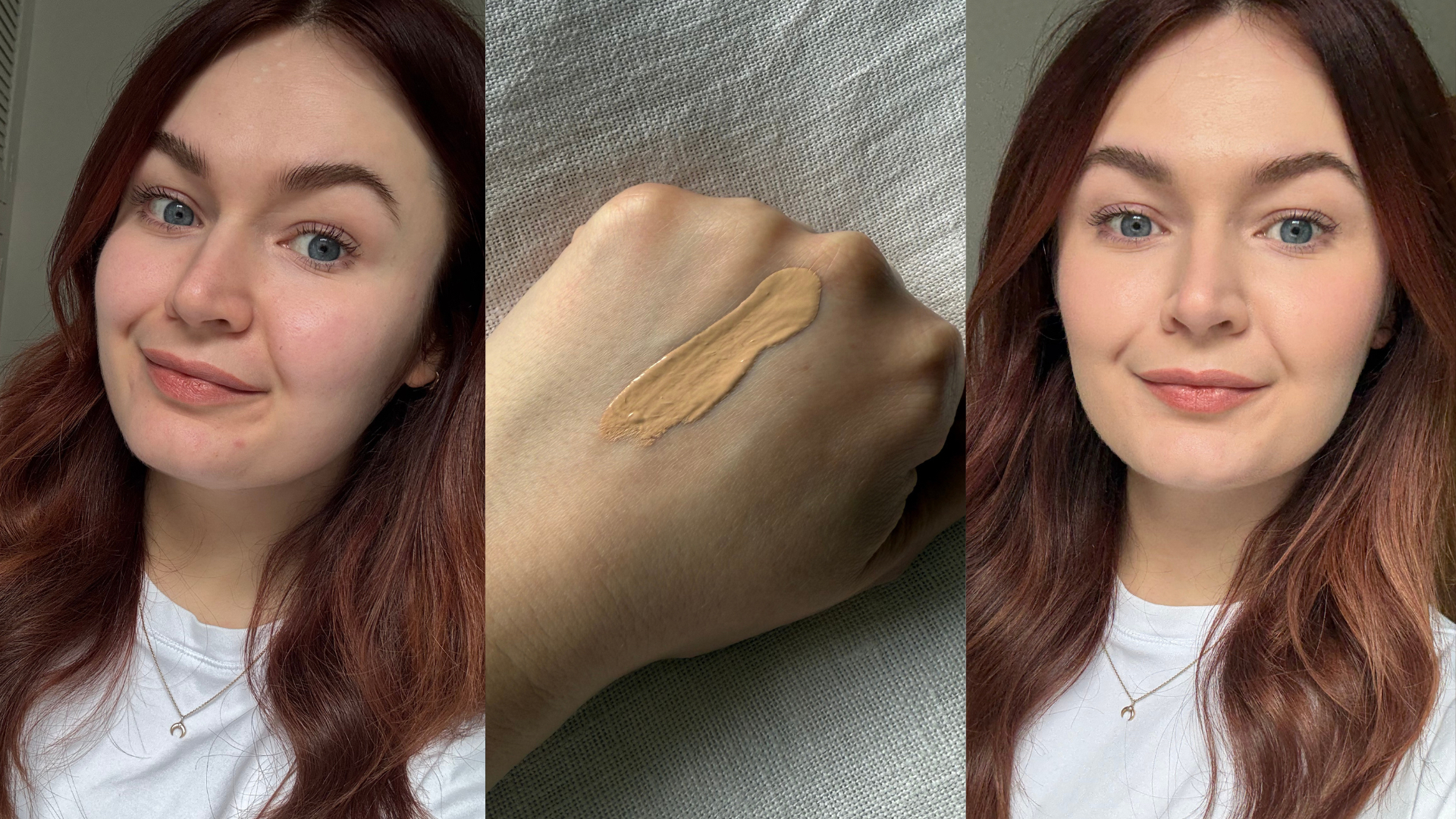
RRP: £52 | Shades: 37 | Coverage & finish: Matte
Reviewed by: Lucy Abbersteen
With a velvety smooth formula that buffs into the skin with ease, and evens out the complexion without feeling thick, heavy, or overly matte, this foundation does not disappoint. It lasts all day but removes easily, making it a favourite here.
Best for high and buildable coverage
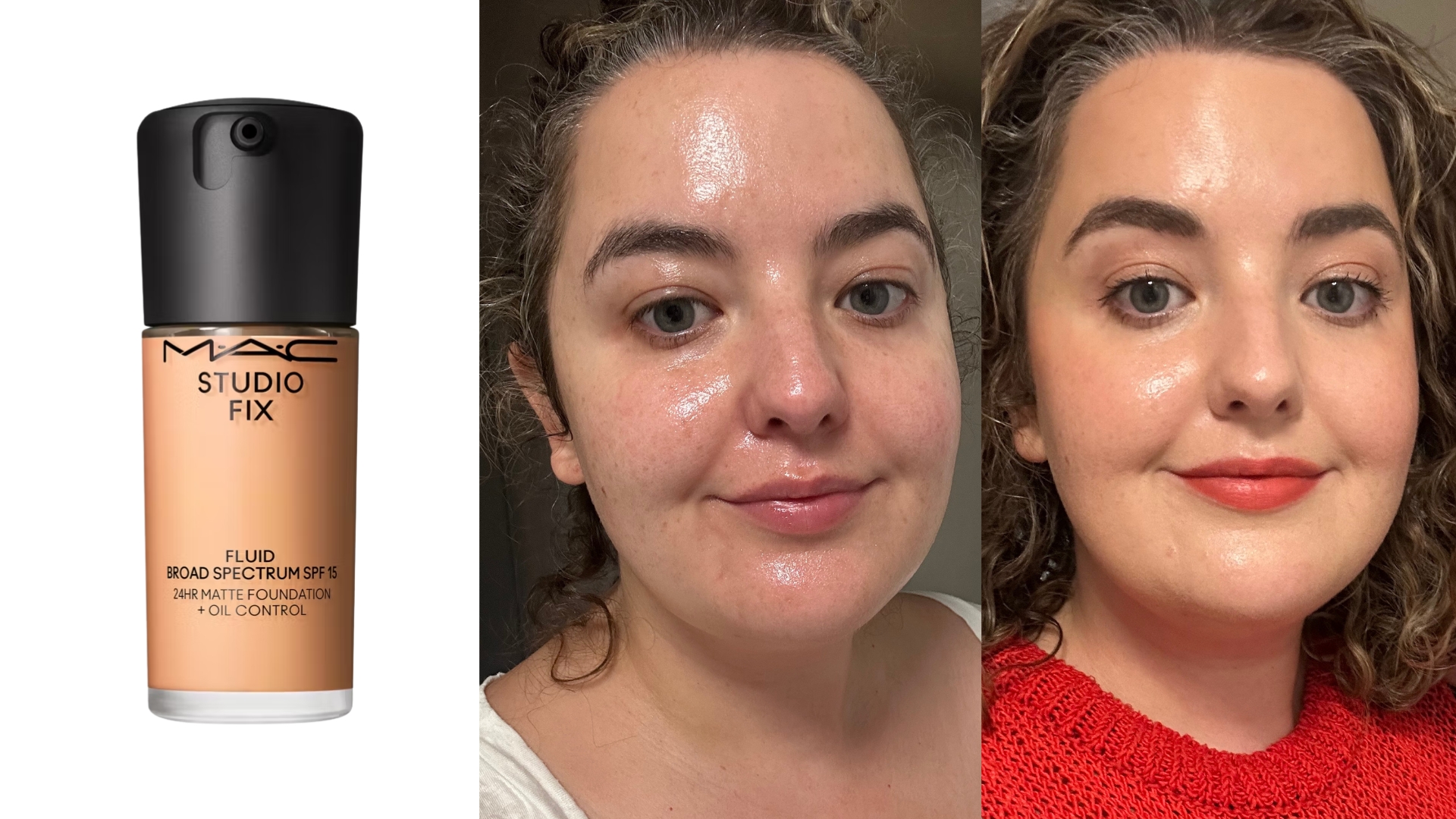
RRP: £34 | Shades: 67 | Coverage & finish: High, buildable, matte
Reviewed by: Rhiannon Derbyshire & Fiona McKim
Fiona: A cult foundation loved by professional make-up artists, this has a creamy and lightweight formula creates a matte, but not flat, finish. It has high but buildable finish that's comfortable to wear and lasts all day.
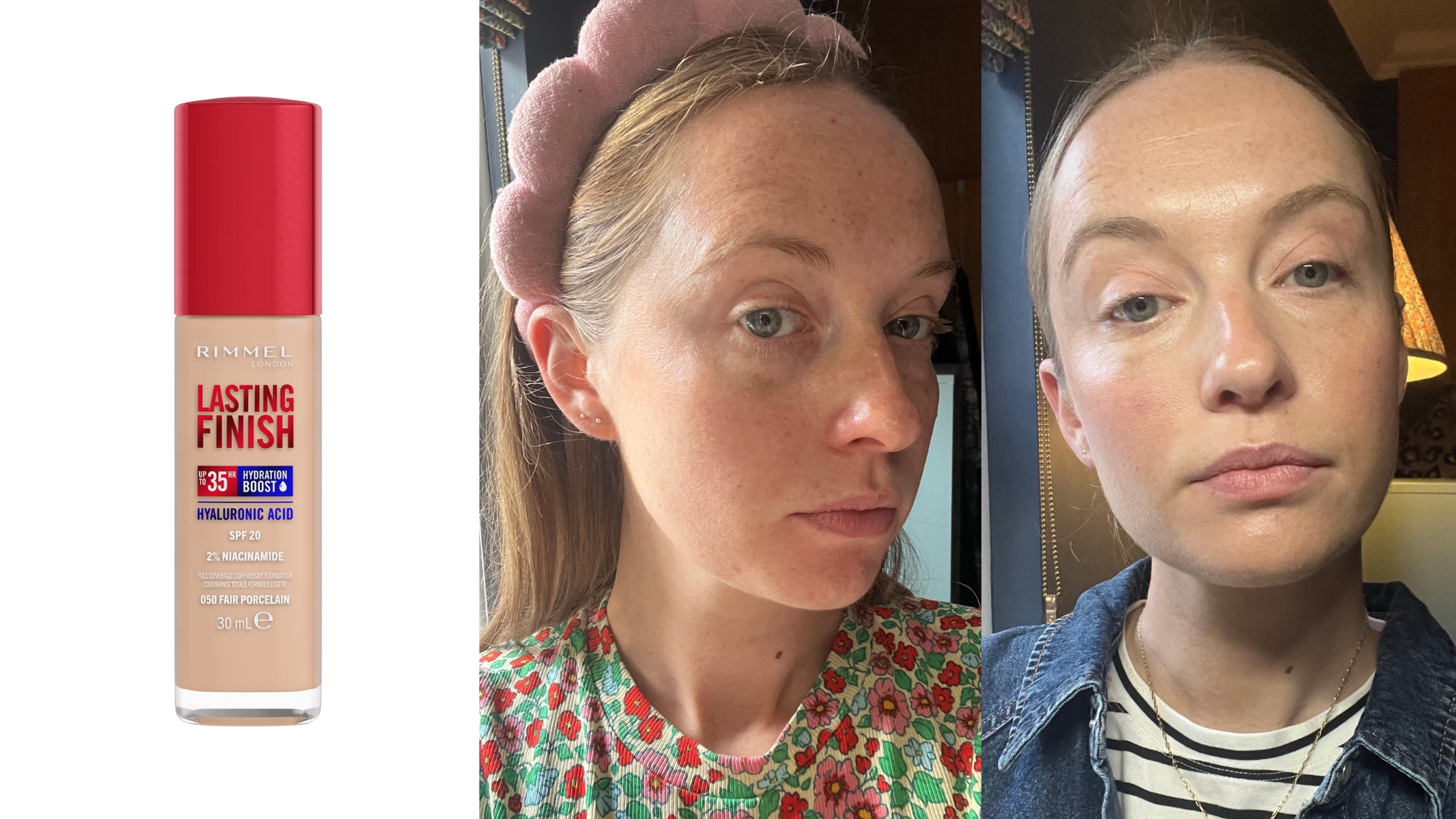
RRP: £10.99 | Shades: 20 | Coverage & finish: High, velvet matte
Reviewed by: Annie Milroy
An almost serum-like consistency is unusual for a high-coverage foundation, but this impressive product creates an even, velvety matte finish that won't clog pores and keeps shine at bay all day long.
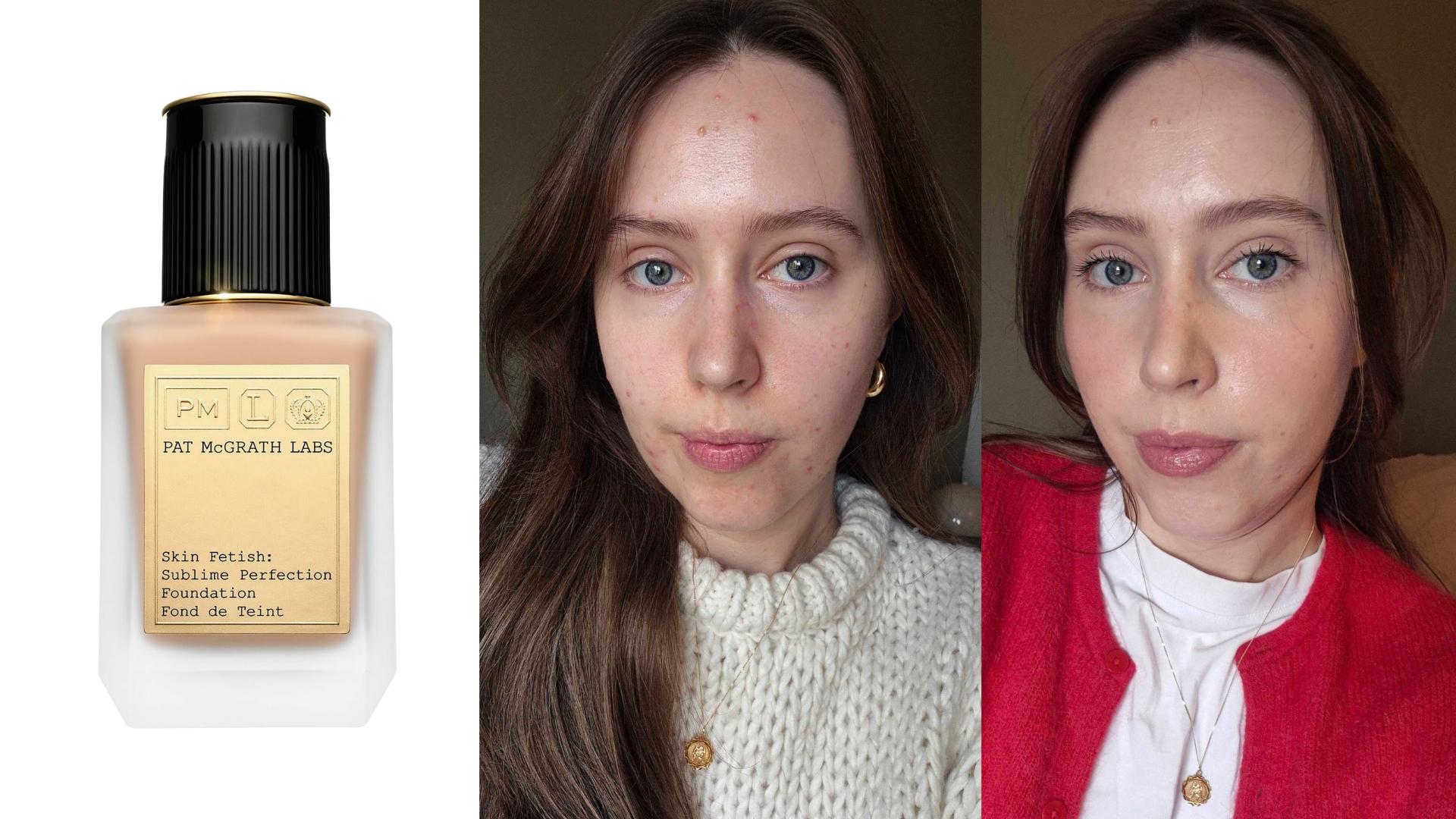
RRP: £61 | Shades: 36 | Coverage & Finish: Sheer-Medium
Reviewed by: Naomi Jamieson and Aleesha Badkar
Naomi & Aleesha: A favourite for its sheer but buildable formula, this feels weightless and melts onto skin, with very little encouragement or blending, but has the most beautiful even, glowy, but softly matte, finish that's perfect for everyday or big occasions.
How we tested these foundations
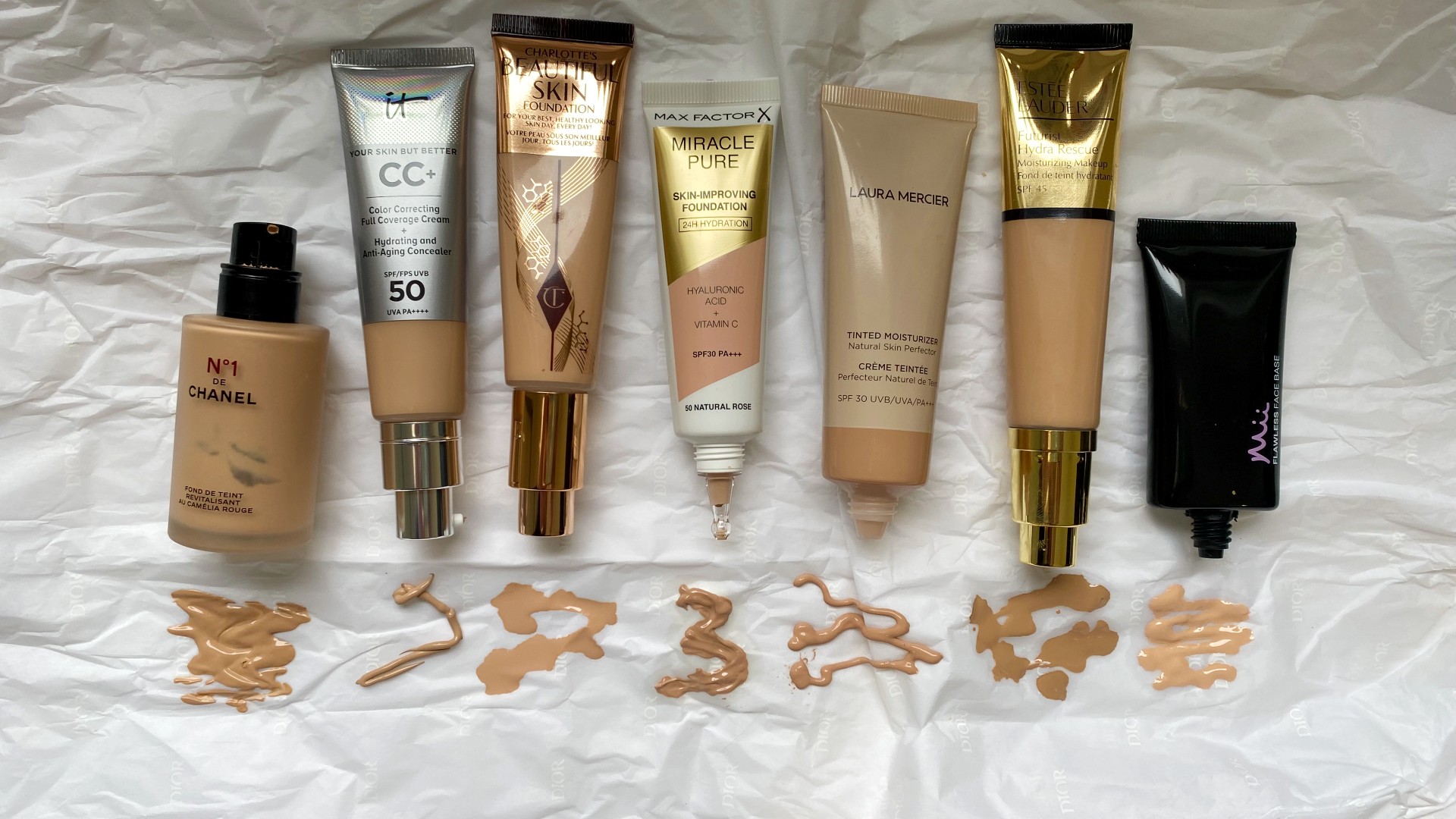
A selection of the foundations that we tested for this guide
Each foundation in this guide has been extensively tested by our beauty team, on a variety of skin tones, types, and textures. We assessed each product on their shade range, and how these translated to a realistic skin match. We also researched their ingredients lists, checking for beneficial active ingredients and how well they lived up to any skincare claims.
On testing, we assessed the packaging, how easily each base could be applied and blended, plus how pleasant they felt on the skin. On wearing the foundation we checked their durability on warm and rainy days as well as their ability to work as the best foundations for mature skin by remaining natural-looking without caking, drying out, or settling into lines.
How to choose a foundation
The smart way to find the best foundation is to treat it like skincare, and tailor it by skin type:
- Normal: For skin that’s neither especially dry or oily, go for a water-based formula with buildable pigment to ensure your skin gets the coverage it needs that day, rather than being overloaded.
- Oily: Look for silicone-based formulas with mattifying elements like micro-powders. This will help soak up any excess oils and leave a satin, rather than shiny, finish.
- Dry: Pick products with oils and other hydrating ingredients such as glycerin or hyaluronic acid. These help the base glide on more easily and prevent patches or flaking. You may also wish to weigh up foundation vs BB cream, as BBs tend to contain higher levels of skincare ingredients.
- Combination: Tinted moisturizers and BB creams offer the sweet spot between coverage and a natural sheen—then simply top up with powder on oily bits.
- Sensitive or hyperpigmented: If you have pigmentation, redness, or thread veins, consider full coverage. This doesn’t mean total camouflage—just enough pigment to hide what you don’t like while letting skin still show through.
How to shade-match foundation
Shade-matching and how you apply the best foundation itself are keys to success. Beauty brands have stepped up their shade selection lately, and about time too: Everyone, without exception, should be offered what they need to find their perfect foundation match. But with 40-strong ranges now the norm, how does one get it right, particularly if you're not in-store to see how they look in real life?
“The main mistake I see with shade matching is trying to use foundation to add color and in turn making skin look drier, textured, and orange,” says Bobbi Brown Senior Pro Artist Amy Conway. “Always match foundation exactly to your skin, then use products like a bronzer to add color.” If you’re buying the best foundation online, work out your skin’s undertone:
- Cool: (blue or pink-undertoned)
- Neutral: (peachy-undertoned)
- Warm: (yellow-undertoned)
Many brands also offer clever shade-matching tools on their websites, where you can virtually try on the best foundation or have a digital consultation with makeup artists. If that’s not available, a helpful last resort is to run a Google image search of the product name and shade. Very often, someone will have swatched it on their arm, so you can see how the best foundation looks on real skin.
Sign up to our free daily email for the latest royal and entertainment news, interesting opinion, expert advice on styling and beauty trends, and no-nonsense guides to the health and wellness questions you want answered.

As woman&home's Beauty Channel Editor, Fiona Mckim loves to share her 15+ years of industry intel on womanandhome.com and Instagram (@fionamckim if you like hair experiments and cute shih-tzus). After interning at ELLE, Fiona joined woman&home as Assistant Beauty Editor in 2013 under industry legend Jo GB, who taught her to understand ingredients and take a cynical approach to marketing claims. She has since covered every corner of the industry, interviewing dermatologists and celebrities from Davina McCall to Dame Joan Collins, reporting backstage at London Fashion Week and judging the w&h Beauty Awards.
- Aleesha BadkarBeauty eComm Editor, woman&home